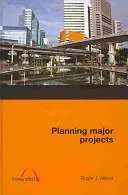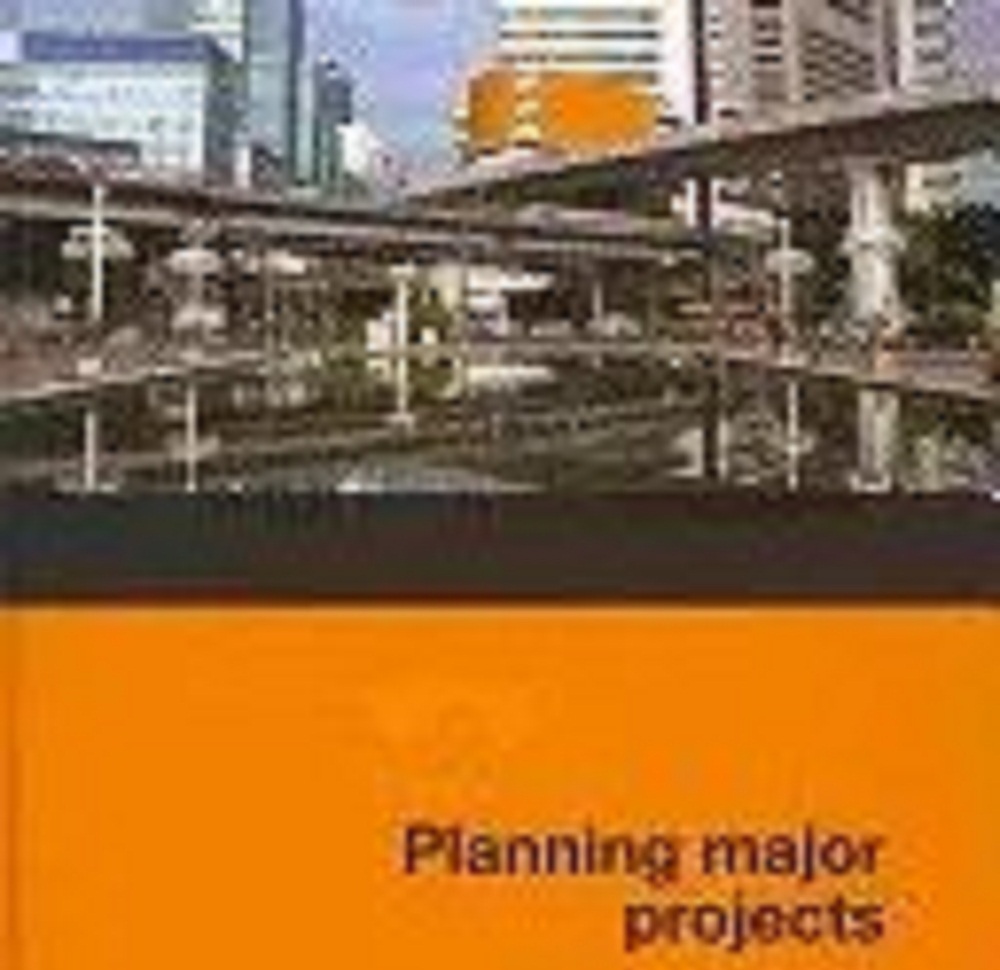A lot, particularly about successful planning of mega projects, argues Roger Allport.

Not only did Allport complete a PhD on this topic, but he also published a book on it: Planning Major Projects. Rather than undertake a review of the work, which is well worth reading, I will highlight some of the concepts and quotes which particularly drew my attention and which help shed light on the wider role of planning and planners in today\’s world.
The main argument of the book is that the planning and development of major projects urgently require rethinking to account for two increasingly-obvious realities: i) technical processes alone are not sufficient to arrive at a successful project, ii) the world we live in is hugely turbulent and ever-changing. To address the first area, Allport calls for the integration of experience and imagination in the planning and delivery process. For the second area, Allport’s solution is to approach project development with far more consciousness and acceptance of the inevitability of change, building in flexibility to address even strategic change when it occurs.

Looking at the broader picture, Allport makes the point early on that cities (such as Singapore, Hong Kong, London, Barcelona, and Munich) that have achieved considerable sustainable development outcomes have not done so by accident but “by purposeful action over a sustained period.” While there is no single ‘best practice’ formula, Allport argues that each city had to address three issues successfully: policy, management, and financing. They each had proactive and technically informed leadership (policy), who ensured that policy and projects can be delivered efficiently through decision-making bodies (management) and are careful when committing to major projects (finance).
What does this mean for planning and planners?
Allport describes the purpose of planning as the search for a project which is technically and financially feasible (provides good value for money in socio-economic terms), politically supported, and viewed positively by the public. He warns against the usual scenario of a planner’s role being restricted to that of a technocrat – i.e., over-emphasising technical analysis and ignoring the influence of political and public support. Instead, he calls for a planner to be “both an entrepreneur, persuasively engaging with stakeholders and shaping the project in response to their agendas, and a competent technocrat.”
In addition to the above ‘dual’ role of a planner, Allport calls for other substantial changes. He draws attention to a point we all know but hardly implements the critical importance of the early stages. A strategic and holistic prefeasibility study is one of the most effective tools in meeting the objectives of a project sponsor. Allport also stresses the importance of learning from the successes and failures of megaprojects around the world and proposes that public-sector planning be reality-checked.
Allport succinctly captures the central requirements of planning in three words: systematic, opportunistic, and realistic. In order to be undertaken with integrity, planning needs to follow a logical and replicable process to identify successful projects (as defined above), out of an almost infinite number of possible projects, and usually in a context of uncertainty about stakeholder responses and funding.
In his conclusion, Allport draws attention to one defining characteristic of mega projects that has important implications for their planning and development and crystallises the challenge of delivering them: “much needs to go right during their long development history and a single poor decision at any stage can fatally undermine their viability.” He acknowledges that the great majority of participants in major project development “do their best in difficult, and sometimes impossible, circumstances.” He hopes that his analysis of the underlying cause of existing problems, based on evidence from projects around the world, will guide practitioners (politicians, planners, engineers…) to begin the process of change necessary to deliver successful projects.


A fascinating and well written summary. Do planners in the ME have a centre to their planning? For example, distance and access to the local mosque, amenities etc? Some have claimed that Dubai e.g. is following some US planners in building massive roads which effectively interrupt the passage of pedestrians and do not create an effective social urban space.
Thank you Silma 🙂
…and good question(s).
Short answer is that there are generally community facility planning guidelines which require provision of certain facilities, including mosques, within a certain distance.
In a wider sense, many neighbourhoods and cities in the Middle East (at least the Gulf) have been developed through massive, car-oriented urban chunks. This has become a pattern all around the world the past few decades, particularly linked to ‘global city’ status.
The good news is that there is a growing realisation (in the Middle East and elsewhere) that a finer, more human grain of development is needed, one that fosters a sense of community, identity, and cohesion. This is making its way into planning and design guidelines partly through sustainability rating systems and best practice guides.
Unfortunately, there is very little literature available on the historical and contemporary development of cities in the Middle East, at least compared to other regions. We have our work cut out for us!